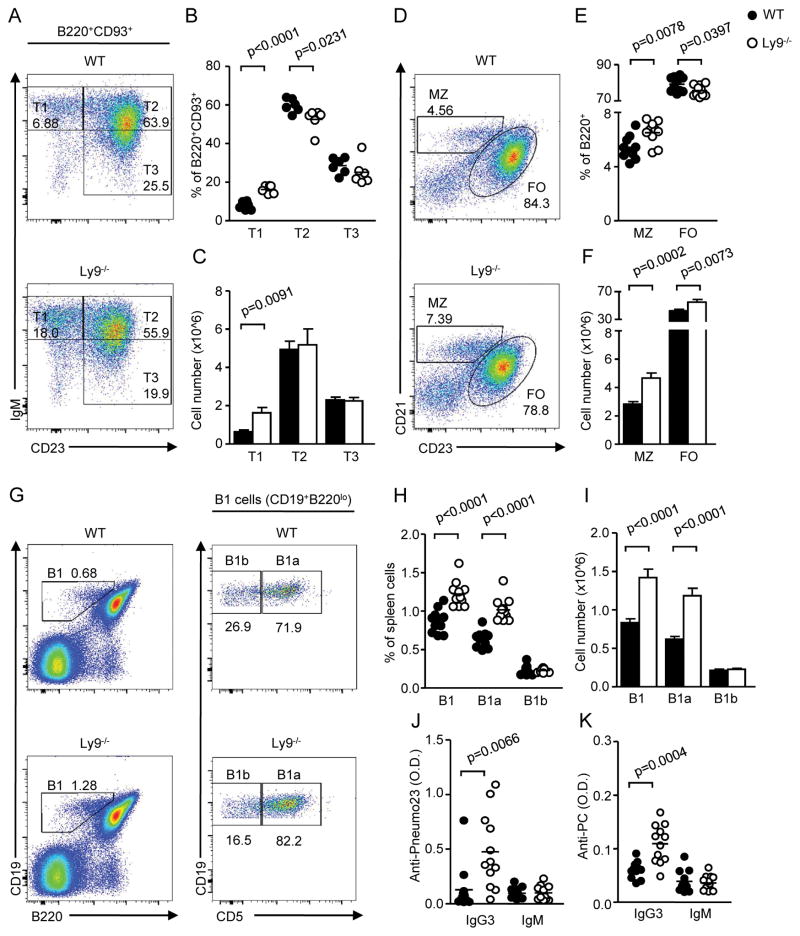Figure 1. Increased proportions of T1, MZ, and B1 B cells and enhanced levels of natural antibodies in Ly9-deficient mice.
(A) Representative staining of transitional 1 (IgMhi CD23lo), transitional 2 (IgMhi CD23hi), and transitional 3 (IgMlo CD23hi) spleen cells in gated B220hi CD93hi lymphocytes. (B) Cumulative data of percentages and (C) absolute cell numbers of T1, T2 and T3 cells in WT and Ly9−/− mice. (D) Spleen marginal zone (MZ; CD21hi CD23lo) and follicular (FO; CD21lo CD23hi) B cell proportions in gated B220+ cells from mice of the indicated genotypes. (E) Cumulative data of frequencies and (F) absolute cell numbers of MZ and FO cells in WT and Ly9−/− mice. (G) Spleen lymphocytes from WT and Ly9−/− mice were stained for CD19, B220, and CD5. Representative dot plot histograms showing B1 (CD19hi B220lo) cell frequency, and further division into B1a (CD5+) and B1b (CD5−) subsets. (H) Cumulative data of percentages and (I) absolute numbers of splenic B1, B1a and B1b cells in WT and Ly9−/− mice. (J–K) Levels of IgG3 and IgM natural antibodies reactive to (J) S. pneumoniae capsular polysaccharides (Pneumo23® vaccine) and to (K) phosphorylcholine (PC) in the serum of naive WT and Ly9−/− mice. Symbols represent individual mice. Results are expressed as optical density (OD) values at 405 nm. Data are representative of at least two independent experiments with 4 to 6 mice per group.

